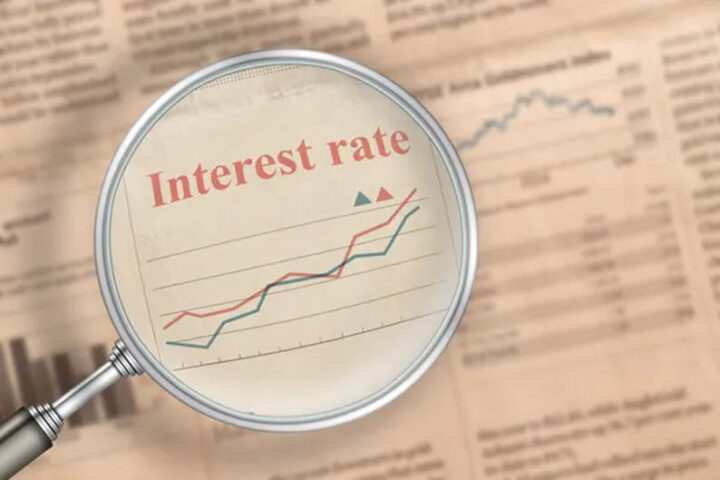By Craig Erlam
Equity markets in Europe were marginally higher Thursday as bond market concerns eased and we await the latest inflation data from the US.
The Bank of England bond market intervention deadline is looming, which in recent days has made investors nervous about a potential sequel to the mini-budget doom loop that forced the central bank to respond initially.
Those fears have eased slightly after the BoE made its biggest emergency purchase so far on Wednesday, totalling more than £4.5 billion, in a sign that pension funds are doing as instructed and reducing risk.
That comes after the first couple of weeks in which the uptake was very low, prompting some to speculate that this Friday’s deadline would trigger another frenzy. No one is calm yet and no doubt, the central bank will step in again if we get a repeat.
The view of many is that we shouldn’t be waiting for that cliff-edge moment, that the central bank should leave the backstop in place until the budget at the end of the month at which point a sticking plaster will hopefully no longer be necessary.
What may make things easier for the BoE is more U-turns from the government ahead of the budget and that is what is reportedly being discussed.
There have been rumours of a meeting between Number 10 and the Treasury to discuss possible U-turns including on corporation tax which would be another humiliating climb down, albeit one that is boosting the pound which is trading almost 1.5% higher against the dollar. UK yields are also in retreat on the back of those rumours.
US inflation in focus
The spotlight will shift from the UK back to the US shortly as we get the latest CPI reading from the world’s largest economy. The FOMC minutes on Wednesday had a slightly dovish tone to them, an indication that some policymakers are becoming less comfortable with the scale of tightening, the economic consequences and perhaps even the risk of overcorrecting.
That’s not entirely surprising after numerous large rate hikes, but it does represent a slight shift which will intrigue investors. Coupled with a weaker inflation number – in particular an improvement in the core reading – investors may sense the end of the tightening cycle is nigh.
Policymakers have made clear that it will take more than just one number to sway them, but investors have never been ones to wait that long. Despite repeated setbacks, they’ve continued to jump at the first opportunity and I’d be amazed if the same isn’t true on Thursday, should the data be favourable.
More intervention?
Japanese Finance Minister Shunichi Suzuki once again sought to reassure markets overnight that they remain ready to take decisive action in the FX markets, as the yen trades around 147 to the dollar.
This is above where the last intervention took place and marginally below the previous high in 1998.
While they continue to stress that it’s about volatility and not price levels, nothing has improved on either front since the last intervention which makes you wonder how long they’ll wait and how forceful they’ll be.
Oil steadying
Oil prices are steadying again after a three-day decline that’s coincided with further concerns around the economic outlook and gloomy forecasts.
The output cut from OPEC+ last week triggered a surge in prices, but that has partially been offset by the increasingly dire forecasts for the economy which will naturally weigh on demand.
The alliance will no doubt be pleased with oil trading back in the $90-100 range, the question is whether the US will. Or if another coordinated SPR release could be on the cards.
Gold on the rise
Gold is also edging higher and could build strongly on that if we get a weaker inflation reading.
The yellow metal is seeing plenty of resistance to recovery rallies in recent days after falling back to earth with a bang last week.
One inflation number may not change things as far as the Fed is concerned, but for markets, it could be a big start. Especially following the FOMC minutes which contained a sprinkling of dovishness.
Bitcoin slips again
Bitcoin is sliding, hitting its lowest level since late September despite other risk assets rallying in the run-up to the inflation data. While there have been occasions when it hasn’t perfectly aligned with other high-risk assets recently, Thursday’s price action is interesting as it’s doing the complete opposite.
That may change after the inflation data, but going forward, it will be interesting to see whether the relationship between cryptos and risk assets holds or if we enter a new phase where quality traditional risk assets are favoured in an era of recessions and higher interest rates.
Craig Erlam is Senior Market Analyst, UK & EMEA at OANDA
Opinions are the author’s, not necessarily that of OANDA Global Corporation or any of its affiliates, subsidiaries, officers or directors. Leveraged trading is high risk and not suitable for all. Losses can exceed investments.








